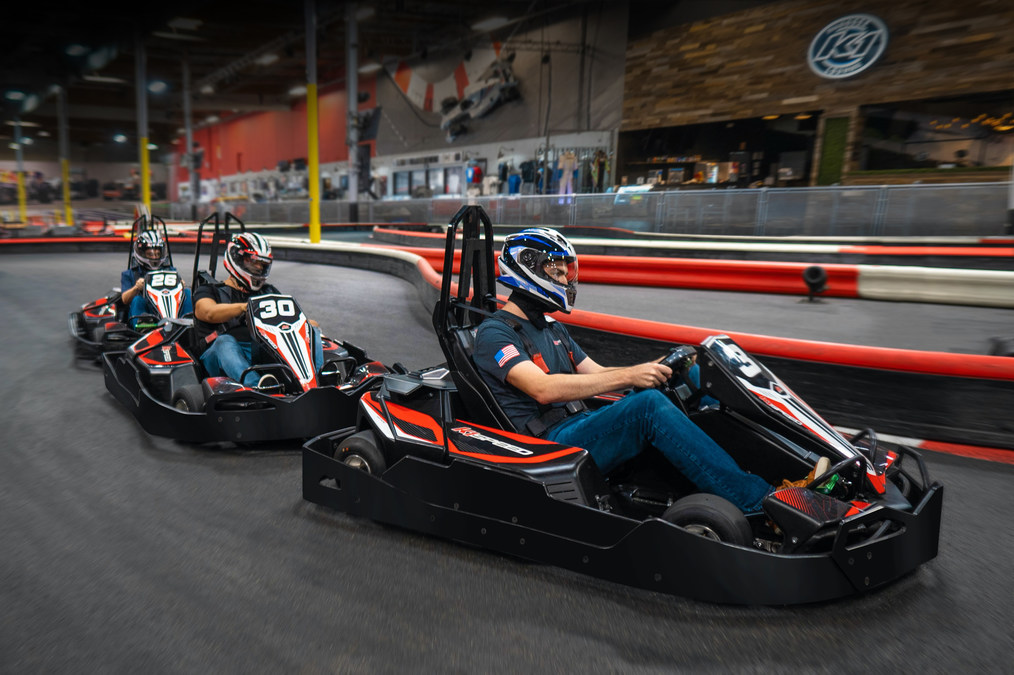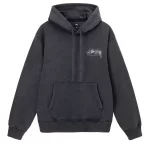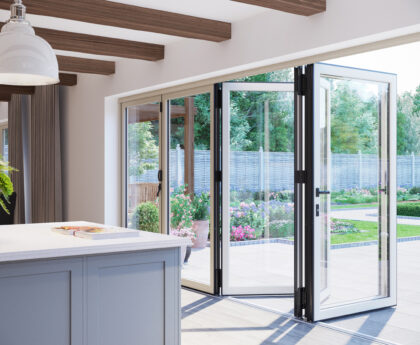Karting is a popular motorsport that offers individuals of all ages the opportunity to experience the excitement of racing. Kart design plays a crucial role in providing a thrilling and enjoyable racing experience. This comprehensive guide aims to explore indoor and outdoor kart design, focusing on the key considerations involved in designing karts for both environments. It delves into the design aspects of kart chassis, engines, aerodynamics, safety features, and customization options. By understanding the principles of indoor and outdoor kart design, kart manufacturers and enthusiasts can create high-performance karts that deliver adrenaline-pumping racing experiences.
Indoor Kart Design
This chapter focuses on the specific design considerations for indoor karts. It explores the characteristics of indoor kart tracks, including track length, layout, and surface conditions. It discusses the impact of indoor track features on kart design, such as tight turns, narrow straights, and low-grip surfaces. It also delves into the design aspects of indoor karts, including chassis Kart Track Marking, steering geometry, weight distribution, and tire selection.
Outdoor Kart Design
This chapter explores the design considerations for outdoor karts. It discusses the characteristics of outdoor kart tracks, including track length, elevation changes, and varying weather conditions. It explores the impact of outdoor track features on kart design, such as fast straights, sweeping corners, and different surface conditions. It also delves into the design aspects of outdoor karts, including chassis flexibility, suspension setup, tire compounds, and aerodynamics.
Kart Chassis Design
This chapter focuses on the design considerations for kart chassis. It discusses the materials used in chassis construction, such as steel, aluminum, and composite materials. It explores the impact of chassis stiffness, flexibility, and weight distribution on kart performance. It also delves into the design aspects of chassis components, including frame geometry, torsion bars, and adjustable features.
Kart Engine Design
This chapter explores the design considerations for kart engines. It discusses the types of kart engines, including two-stroke and four-stroke engines, and their characteristics. It explores the impact of engine power, torque, and responsiveness on kart performance. It also delves into the design aspects of engine components, including carburetors, exhaust systems, and cooling mechanisms.
Safety Features in Kart Design
This chapter focuses on the safety features incorporated into kart design. It discusses safety considerations such as seat design, harnesses, roll bars, and impact-absorbing materials. It explores the importance of safety standards and regulations in kart design. It also delves into additional safety features, including brake systems, steering mechanisms, and fire suppression systems.
Customization Options in Kart Design
This chapter explores the customization options available in Karting Consultancy Dubai, UAE. It discusses the importance of personalization in karting and the various ways enthusiasts can customize their karts. It explores options such as color schemes, graphics, and branding. It also discusses the availability of aftermarket parts and accessories for kart modification and enhancement.
Conclusion
Indoor and outdoor kart design plays a significant role in creating thrilling racing experiences. This comprehensive guide has explored the key considerations in designing karts for both indoor and outdoor environments, including chassis design, engine selection, safety features, and customization options. By understanding and applying these design principles, kart manufacturers and enthusiasts can create high-performance karts that deliver adrenaline-pumping racing experiences in both indoor and outdoor settings.



